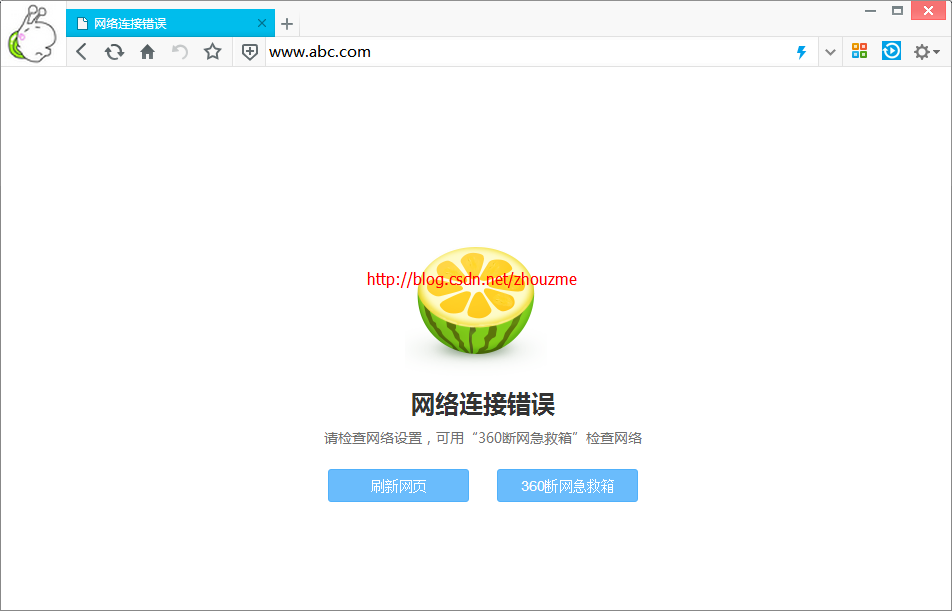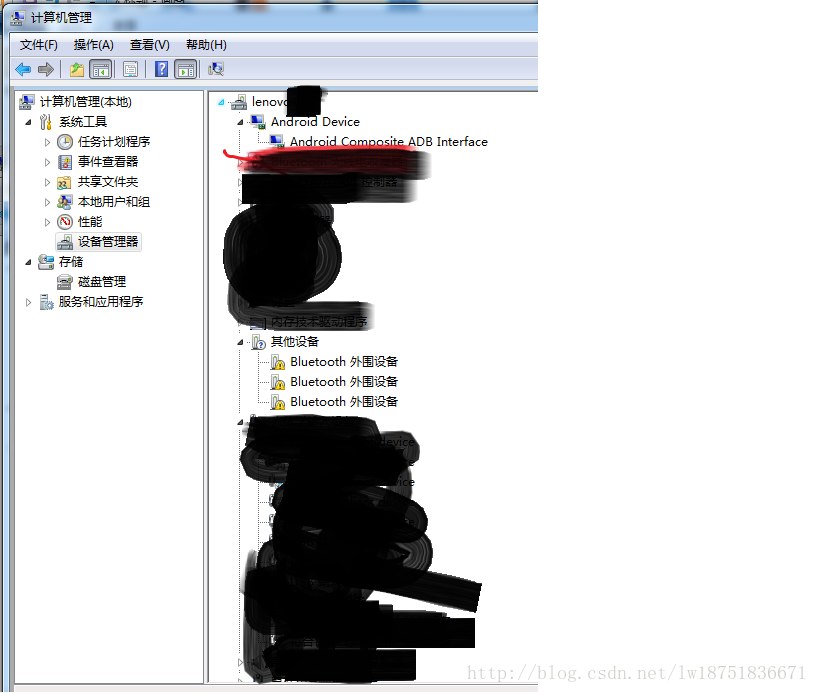数据类型
logstash支持的数据类型有:
- array
数组可以是单个或者多个字符串值。
path => [ \”/var/log/messages\”, \”/var/log/*.log\” ]
path => \”/data/mysql/mysql.log\”
如果指定了多次,追加数组。此实例path数组包含三个字符串元素。 - boolean
布尔值必须是TRUE或者false。true和false不能有引号。
ssl_enable => true - bytes
指定字节单位。支持的单位有SI (k M G T P E Z Y) 和 Binary (Ki Mi Gi Ti Pi Ei Zi Yi)。Binary单位基于1024,SI单位基于1000。不区分大小写和忽略值与单位之间的空格。如果没有指定单位,默认是byte。
my_bytes => \”1113\” # 1113 bytes
my_bytes => \”10MiB\” # 10485760 bytes
my_bytes => \”100kib\” # 102400 bytes
my_bytes => \”180 mb\” # 180000000 bytes - Codec
logstash编码名称用来表示数据编码。用于input和output段。便于数据的处理。如果input和output使用合适的编码,就无需单独的filter对数据进行处理。
codec => \”json\” - hash
键值对,注意多个键值对用空格分隔,而不是逗号。
match => {
\”field1\” => \”value1\”
\”field2\” => \”value2\”
… } - number
必须是有效的数值,浮点数或者整数。
port => 33 - password
一个单独的字符串。
my_password => \”password\” - path
一个代表有效的操作系统路径。
my_path => \”/tmp/logstash\” - string
name => \”Hello world\”
name => \’It\\\’s a beautiful day\’
字段引用
logstash字段引用语法。要在 Logstash 配置中使用字段的值,只需要把字段的名字写在中括号 [] 里就行了,这就叫字段引用。还需注意字段层次。如果引用的是一个顶级字段,可以省略[],直接指定字段名。要引用嵌套的字段,需要指定完整的路径,如[top-level field][nested field]。
下面有五个顶级字段(agent, ip, request, response, ua) 和三个嵌套字段 (status, bytes, os)。
{
\"agent\": \"Mozilla/5.0 (compatible; MSIE 9.0)\",
\"ip\": \"192.168.24.44\",
\"request\": \"/index.html\"
\"response\": {
\"status\": 200,
\"bytes\": 52353
},
\"ua\": {
\"os\": \"Windows 7\"
}
}
为了引用os字段,需指定[ua][os]。引用顶级字段如request,可以简单指定request即可。
sprintf格式
字段引用格式也可以用于logstash调用sprintf格式。这种格式可以从其他字符串中引用字段值。如:
output {
statsd {
increment => \"apache.%{[response][status]}\"
}
}
也可以格式化时间。如:
output {
file {
path => \"/var/log/%{type}.%{+yyyy.MM.dd.HH}\"
}
}
条件判断
使用条件来决定filter和output处理特定的事件。
logstash条件类似于编程语言。条件支持if、else if、else语句,可以嵌套。
条件语法如下:
if EXPRESSION {
...
} else if EXPRESSION {
...
} else {
...
}
比较操作有:
- 相等:
==,!=,<,>,<=,>= - 正则:
=~(匹配正则),!~(不匹配正则) - 包含:
in(包含),not in(不包含)
布尔操作:
-
and(与),or(或),nand(非与),xor(非或)
一元运算符:
!(取反)-
()(复合表达式),!()(对复合表达式结果取反)
如mutate filter删除secret字段对于action是login的:
filter {
if [action] == \"login\" {
mutate { remove => \"secret\" }
}
}
在一个条件里指定多个表达式:
output {
# Send production errors to pagerduty
if [loglevel] == \"ERROR\" and [deployment] == \"production\" {
pagerduty {
...
}
}
}
在in条件,可以比较字段值:
filter {
if [foo] in [foobar] {
mutate { add_tag => \"field in field\" }
}
if [foo] in \"foo\" {
mutate { add_tag => \"field in string\" }
}
if \"hello\" in [greeting] {
mutate { add_tag => \"string in field\" }
}
if [foo] in [\"hello\", \"world\", \"foo\"] {
mutate { add_tag => \"field in list\" }
}
if [missing] in [alsomissing] {
mutate { add_tag => \"shouldnotexist\" }
}
if !(\"foo\" in [\"hello\", \"world\"]) {
mutate { add_tag => \"shouldexist\" }
}
}
output {
if \"_grokparsefailure\" not in [tags] {
elasticsearch { ... }
}
}
字段引用、sprintf格式、条件判断只能用于filter和output,不能用于input。
@metadata字段
在logstash1.5版本开始,有一个特殊的字段,叫做@metadata。@metadata包含的内容不会作为事件的一部分输出。
input { stdin { } }
filter {
mutate { add_field => { \"show\" => \"This data will be in the output\" } }
mutate { add_field => { \"[@metadata][test]\" => \"Hello\" } }
mutate { add_field => { \"[@metadata][no_show]\" => \"This data will not be in the output\" } }
}
output {
if [@metadata][test] == \"Hello\" {
stdout { codec => rubydebug }
}
}
查看输出:
$ bin/logstash -f ../test.conf
Logstash startup completed
asdf
{
\"message\" => \"asdf\",
\"@version\" => \"1\",
\"@timestamp\" => \"2015-03-18T23:09:29.595Z\",
\"host\" => \"www.ttlsa.com\",
\"show\" => \"This data will be in the output\"
}
\”asdf\”变成message字段内容。条件与@metadata内嵌的test字段内容判断成功,但是输出并没有展示@metadata字段和其内容。
不过,如果指定了metadata => true,rubydebug codec允许显示@metadata字段的内容。
stdout { codec => rubydebug { metadata => true } }
下面是输出的内容:
$ bin/logstash -f ../test.conf
Logstash startup completed
asdf
{
\"message\" => \"asdf\",
\"@version\" => \"1\",
\"@timestamp\" => \"2015-03-18T23:10:19.859Z\",
\"host\" => \"www.ttlsa.com\",
\"show\" => \"This data will be in the output\",
\"@metadata\" => {
\"test\" => \"Hello\",
\"no_show\" => \"This data will not be in the output\"
}
}
可以看到@metadata字段及其子字段内容。
注意:只有rubydebug codec可以显示@metadata字段内容。
确保@metadata字段临时需要,不希望最终输出。最常见的情景是filter的时间字段,需要一临时的时间戳。如:
input { stdin { } }
filter {
grok { match => [ \"message\", \"%{HTTPDATE:[@metadata][timestamp]}\" ] }
date { match => [ \"[@metadata][timestamp]\", \"dd/MMM/yyyy:HH:mm:ss Z\" ] }
}
output {
stdout { codec => rubydebug }
}
输出结果:
$ bin/logstash -f ../test.conf
Logstash startup completed
02/Mar/2014:15:36:43 +0100
{
\"message\" => \"02/Mar/2014:15:36:43 +0100\",
\"@version\" => \"1\",
\"@timestamp\" => \"2014-03-02T14:36:43.000Z\",
\"host\" => \"example.com\"
}










